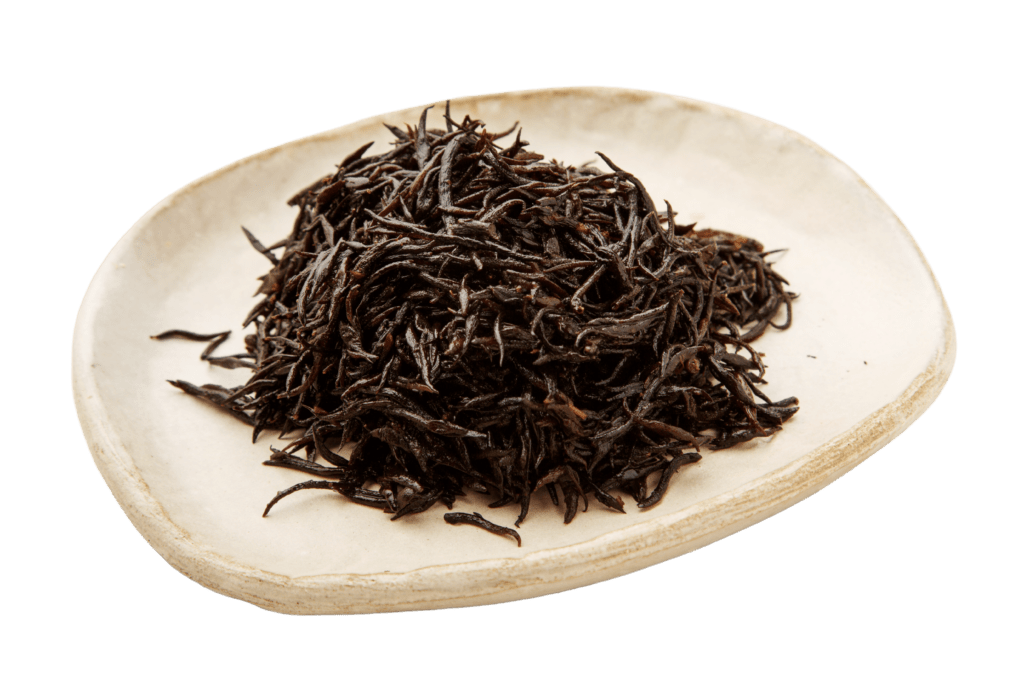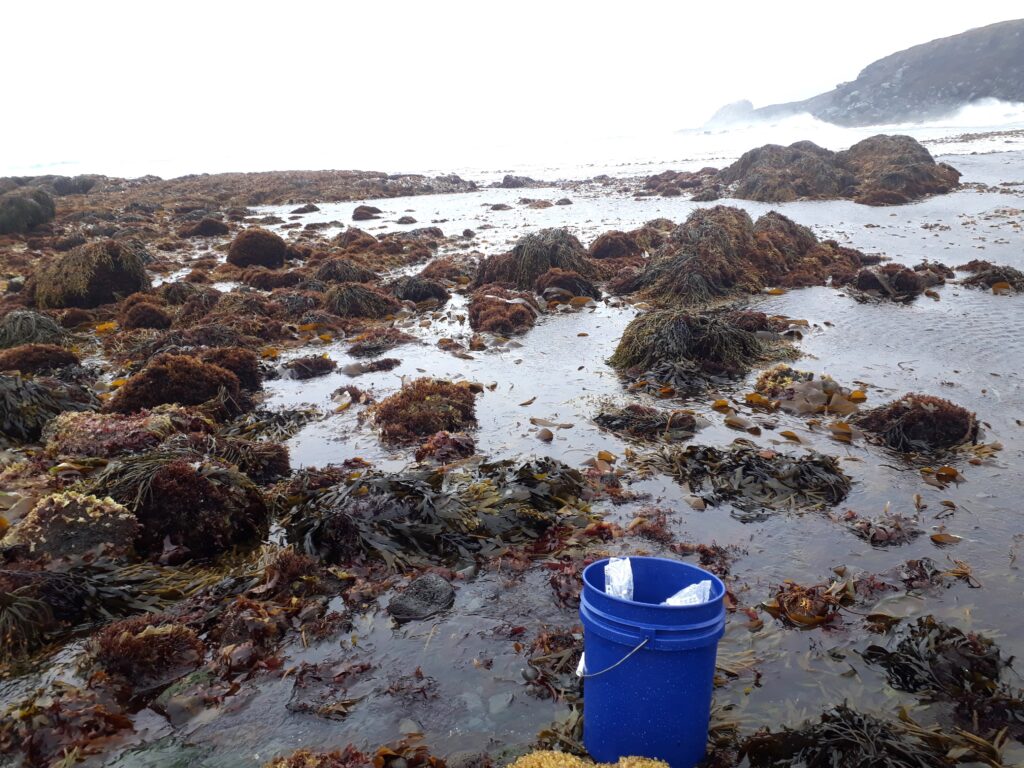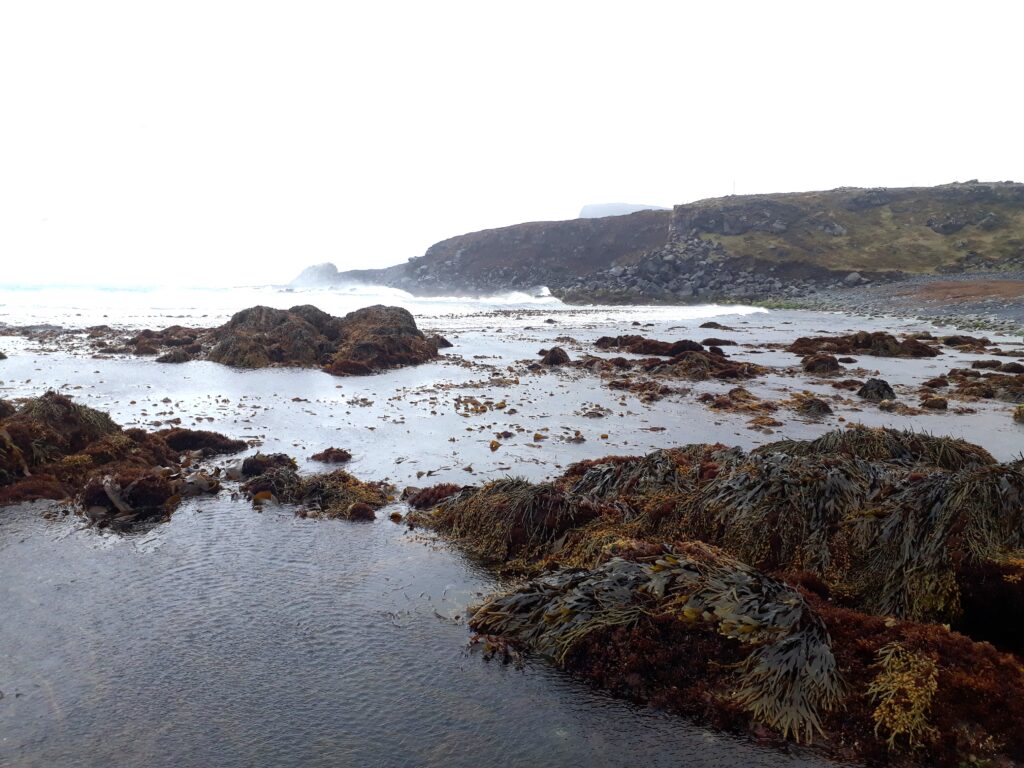Algae are becoming more and more popular in the West for consumption, partly because they are a rich source of minerals and vitamins. However, they also absorb the element arsenic from the sea, which can be carcinogenic.
In algae, arsenic is detected mainly in the form of diverse organic compounds of arsenic, eg arsenosaccharides and arsenolipids, but organic arsenic species have been considered harmless. However, recent studies of arsenolipids have shown that they can exhibit similar toxicity to carcinogenic inorganic arsenic. The question has also been raised whether arsenosaccharides, which make up the majority of the arsenic measured in algae, can have long-term negative effects with regular consumption. The concentration of toxic inorganic arsenic and arsenolipids is generally low in algae, but there are exceptions. For example, consumption of brown algae is not recommended Hijiki, which has been used, for example, in soups, as it contains a large amount of inorganic arsenic.

Much is still unknown about the origin of arsenolipids, but the starting point of their production is believed to take place in algae.
There is an urgent need for more information on these arsenic compounds in order to fully assess whether their consumption is associated with risks and to ensure that appropriate rules are set for their maximum levels in food.
Sampling provided a deeper understanding
To gain a deeper understanding, dozens of samples of red, green and brown algae were collected near Grindavík and Kjalarnes. The samples were thoroughly analyzed for heavy metals and an arsenic analysis was carried out to obtain information on the chemical form of the arsenic.

Species identification can be complex and was performed using selective mass spectrometry. In addition, brown macroalgae were divided into biological fractions to determine whether the distribution of arsenic species was uniform throughout the seaweed. There is limited information available globally on arsenolipids in seaweed, so this comprehensive profiling of arsenic species in different species of algae is challenging to elucidate how these enigmatic organic arsenic compounds are formed and where they are stored within the algae.
Results showed large differences between algal species
The results showed, among other things, that the concentration of hydrophilic arsenic species, such as arsenosaccharides and inorganic arsenic, varied between different algae species. Inorganic arsenic was found in low concentrations in all the algae that were measured, except in horse kelp, where the concentration was high - but different depending on which part of the algae was measured. The composition of arsenosaccharides also depended on algal species and season. Interestingly, all macroalgae seem to have the ability to produce four main arsenosaccharide derivatives, although the composition varies.
Lipophilic forms of arsenic (arsenolipids) also differed between algal species. The predominant type of arsenolipids varied, but the difference was greatest between brown and red algae compared to green algae. This has never been demonstrated before.
These results indicate that the cycle of arsenic is highly dependent on algal species, which may have developed different methods and pathways for arsenic metabolism.

Another goal was a detailed analysis of arsenic species in different parts of algae (eg, bract, stem, leaf, or reproductive tissue) and between seasons to provide insight into how these compounds are formed. Arsenosaccharides and one type of arsenolipids containing arsenosaccharides were found in the highest concentrations in the reproductive tissue of brown algae. This indicates that the sugars are the starting point for the production of these arsenolipids. It is possible that arsenosaccharides or arsenolipids are produced for a specific biological purpose and these compounds can be utilized by the alga, but their production could also be accidental! However, arsenosaccharides do not seem to serve the purpose of energy storage like other sugars, and it has not yet been discovered whether and what the benefits of their presence in the cell wall are.
Are you interested in knowing more?
The project "Distribution of arsenic species by seaweed parts, in particular arsenic lipids" received funding from the Norwegian Research Foundation in 2020 and has been running for the past 4 years to gain a better and deeper understanding of this interesting field. The project was carried out as part of a doctoral program at the University of Iceland, in collaboration with the Norwegian Marine Research Institute, the University of Graz and the University of Aberdeen.
The study has contributed to a better understanding of the presence of different compounds of arsenic in macroalgae. The data can also be used for risk assessment of arsenic species in seaweed for human consumption and can therefore influence future legislation on food safety. The results from the project are extensive and you can follow new scientific articles that are still being published from the project here.
